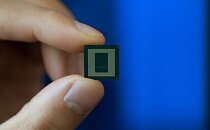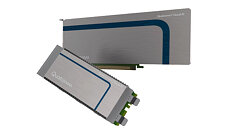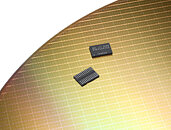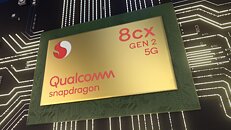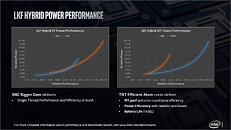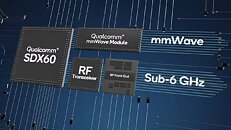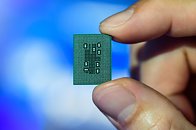
Lenovo Announces AR ThinkReality A3 Smart Glasses
Today, during the Consumer Electronics Show (CES ), Lenovo introduced the ThinkReality A3 lightweight smart glasses. One of the most advanced and versatile enterprise smart glasses to come to market, the ThinkReality A3 is part of a comprehensive digital solutions offering to deliver intelligent transformation in business and bring smarter technology to more people.
As increasingly distributed workforces and hybrid work models become the reality of a new normal, small and large businesses around the world are looking to adopt new technologies for smart collaboration, increased efficiency, and lower downtimes. From customized virtual monitors and 3D visualization to Augmented Reality (AR) assisted workflows and immersive training, the ThinkReality A3 helps transforms work across many levels of the enterprise.
As increasingly distributed workforces and hybrid work models become the reality of a new normal, small and large businesses around the world are looking to adopt new technologies for smart collaboration, increased efficiency, and lower downtimes. From customized virtual monitors and 3D visualization to Augmented Reality (AR) assisted workflows and immersive training, the ThinkReality A3 helps transforms work across many levels of the enterprise.





